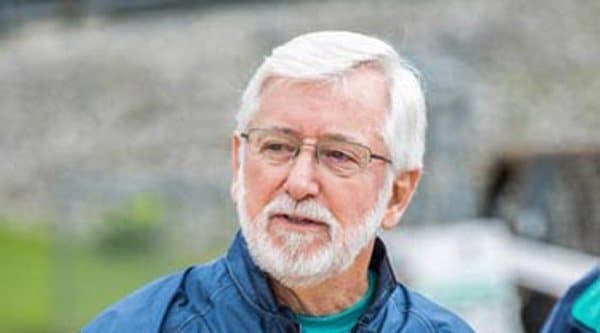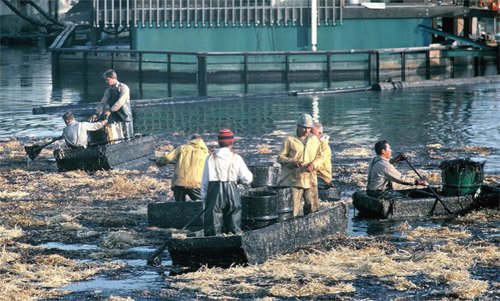Minibytes by Al Allen
The rate at which one can encounter a specific volume of floating oil is one of the most important parameters in the overall assessment of a given response system’s ability to access and eliminate spilled oil. Regardless of the type of system under consideration (i.e., skimming, burning or applying chemical dispersants), the volume encounter rate will depend upon the system’s swath (i.e., the width of its passage through or over oil), its speed while accessing the oil, and the average thickness of the oil encountered. The product of a system’s swath and speed is simply the rate at which it sweeps out area1, while the product of swath, speed and oil thickness gives the rate at which that system can access a volume2 of oil with that average thickness across its entire swath.
Experienced spill response personnel must be bored silly with this discussion so far! On the other hand, I hope that less experienced people will be patient, hang in there, and soon realize why the product of swath, speed and thickness is so important in the assessment of a system’s full potential. A few sample calculations using the equation at the end of this blog should help reveal why it is so hard to access and clean up large oil spills! Note: A vast number of skimmers work with swaths of only 10’s to 100’s of feet and speeds of 1 to 3 feet/sec, while trying to intercept patchy oil slicks averaging 100ths to even 1000ths of an inch in thickness. Large-volume spills, especially in cold climates, often provide brief opportunities with average oil slick thicknesses on the order of a tenth of an inch. However, even the latest skimming systems with broad swaths and high operating speeds face encounter rate and other operating constraints. These include adequate onboard storage for recovered product, reduced visibility from weather/night conditions, strong wind and waves, floating debris, equipment malfunctions, personnel fatigue, etc. These and other constraints involving mechanical removal present unique challenges for equipment designers and spill responders. I will address many of those issues in future blogs, along with the constraints, tradeoffs and benefits of controlled burning and the application of chemical dispersants.
We will look at one of the most important factors affecting any system’s performance — that is, the efficiency with which it recovers or eliminates any oil accessed. For skimmers, only a portion of the oil accessed actually gets captured and brought onboard. That portion, as a percentage of the oil encountered, is called Throughput Efficiency. In addition, there is always some water picked up along with the oil. The percentage of oil in the total volume of oil and water recovered and taken onboard is the system’s Recovery Efficiency. In my next blog I’ll address representative throughput and recovery efficiencies for skimming systems as well as efficiencies typically associated with the controlled burning of oil on water and the application of chemical dispersants. The range of realistic values for these parameters, together with nominal oil encounter rates will set the stage for meaningful assessments of each option’s potential performance under a broad range of operational and environmental conditions.
1 Swath (feet) x Speed (feet/second) = Area Access Rate (feet2/second).
2 Swath (feet) x Speed (feet/second) x Oil Thickness (inches) = Volume Encounter Rate (feet2 x inches/second).
A unit conversion factor of 37.4, changing (feet2 x inches/second) to (U.S. gallons/minute) is helpful, making:
Volume Encounter Rate (gpm) = 37.4 x Swath (ft) x Speed (ft) x Thickness (in.)

Alan A. Allen has over five decades of experience as a technical advisor and field supervisor involving hundreds of oil spills around the world. Al is recognized as a leading consultant and trainer involving oil spill surveillance and spotting techniques, the application of chemical dispersants, and the containment, recovery and/or combustion of spilled oil under arctic and sub-arctic conditions.
Copyright© 2018, Al Allen. Unauthorized use and/or duplication of this material without express and written permission from this blog’s author is prohibited.


